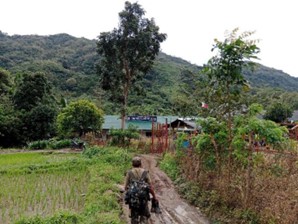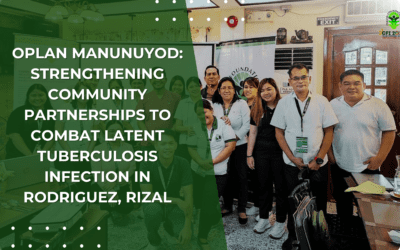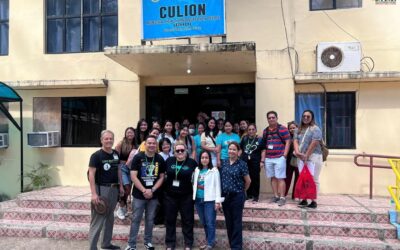CFI was named after Culion Island in Palawan, which historically was at one time the world’s largest colony for persons affected by leprosy. The Foundation’s earliest years were spent concentrating on leprosy management within the island community. With a comprehensive strategy that included multiple drug treatments, psychological and economic support, social reintegration, research, and community development, it achieved exceptional success. It also built social infrastructures including but not limited to schools, healthcare facilities, and an airport. Leprosy was finally eliminated in Culion in 1999 and today, no new cases have been reported. The replication of community-based leprosy control in various locations in the country drew inspiration from the firsthand experience of the Foundation.
In 2015, Culion Foundation, Inc. assisted the DOH-ARMM particularly the provinces of Basilan, including Lamitan City, and Tawi-Tawi with capacity-building and ACSM (Advocacy, Communication, and Social Mobilization) through the Modified Leprosy Elimination Campaign (MLEC) Project. MLEC focused on capacitating locally formed Leprosy Health Teams (LHT) in implementing quality leprosy service through a series of training on Basic Leprosy Management, Skills Development, and Innovative Approaches, and several planning workshops.
CFI conducted pre-exposure prophylaxis among household contacts of persons with leprosy in provinces of Pangasinan, Nueva Ecija, Bohol, Iloilo, Leyte, and Zamboanga Del Norte as part of the DOH-WHO strategy in the management of impairments and disabilities arising from leprosy and lymphatic filariasis. Meanwhile, leprosy Post-Exposure Prophylaxis (PEP) has strong evidence of reducing the incidence and preventing transmission of the infection by 50%–60% over the course of two years. Recent field trials have shown that single-dose rifampicin (SDR) chemoprophylaxis is safe and feasible.
In order to achieve the objective of “zero leprosy” in the nation, the active case finding for leprosy, which was conducted in the abovementioned provinces, was integrated with household contact tracing for the provision of PEP using SDR as well as Lymphatic Filariasis Disability/deformity case finding. A total of 296 confirmed leprosy were found among the household contacts of previously diagnosed leprosy cases. With the high number of confirmed leprosy cases among the household contacts, much work is needed to be done in surveillance, especially in some geographically isolated and disadvantaged (GIDAs) areas. This also showed that there are still pockets of leprosy cases at the subnational level.




